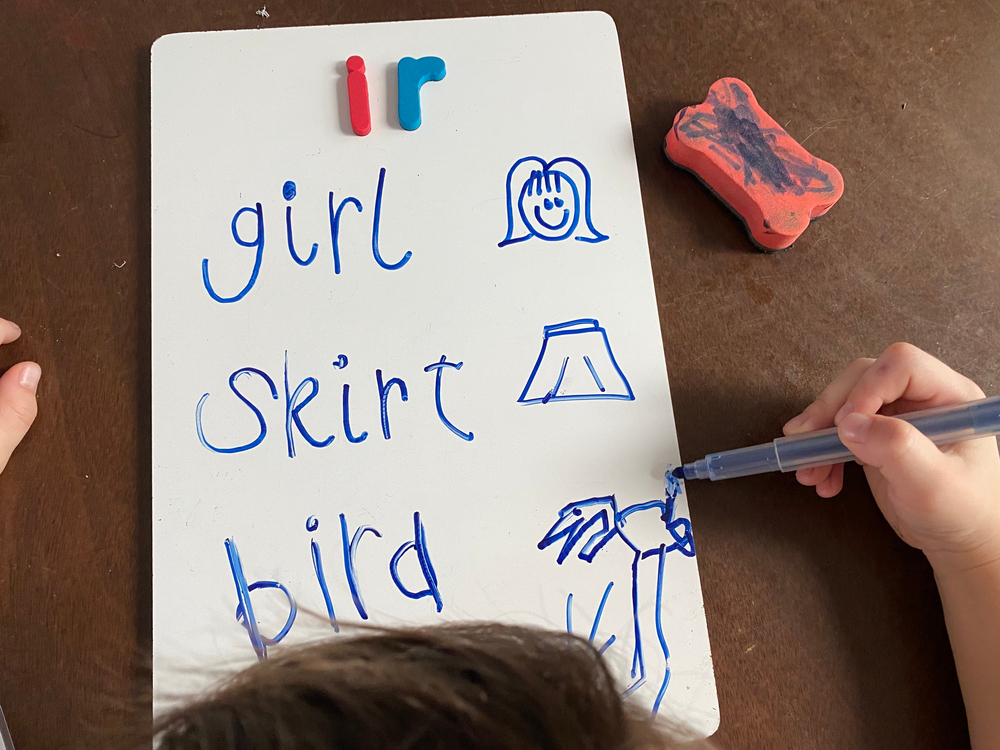
Ohio Governor Mike DeWine wants the state to embrace a literacy curriculum that focuses on the science of reading approach. According to an article published by The 74 Million, Ohio could ‘ban’ other methodologies for reading instruction.
Ohio has joined a vocal call for returning to the Science of Reading, and many states are beginning to pull back from the unproven methodologies for teaching literacy that might have exacerbated the decrease in reading proficiency of children across the country. Sadly, statistics from The Nation’s Report Card show that only one out of three fourth graders read at a proficient or advanced level. The majority are reading at a basic or below basic level.
How are so many children falling behind in their reading abilities? The pandemic likely exacerbated the issue, as online learning might have caused children to fall behind in reading skills. Some might not have read often at home, while others might have been unable to succeed via remote learning.
However, the methodologies for teaching literacy have changed through the years. Many schools have embraced new forms of instruction to guide reading, and, while these new methods have been buzzed about among educators, it turns out they might not have been the correct road for reading readiness.
The buzzy and popular literacy approach was sometimes called “Reading Recovery.” The program was used for first-graders who were struggling with reading. It guided the reading process by encouraging children to use pictures in books and stories to help them read the book. Unfortunately, pictures didn’t help children accurately learn how to decode; instead, they taught children to guess the word and not read it. According to a story published by APM Reports, the result was that these children scored poorly on third and fourth grade reading tests.

Why the Science of Reading?
While phonics might have been included in early reading instruction, this fundamental element of decoding perhaps wasn’t the focus of literacy as it should have been early in the learning process. States are now beginning to understand that reading proficiency requires an understanding and mastery of phonics and phonemics.
While phonics focuses on letters and how they look and sound in a word, phonemics is about how the letters sound to make up a word. A phoneme is an individual sound; the word ‘fun’ has three phonemes and three letters, but cow has three letters and only two phonemes. The heart of phonics is the alphabet, and the Institute for Multisensory Education (IMSE) Journal explains: “The goal of phonics instruction is to help children grasp the idea that there is a logical, predictable, and organized relationship between the letters in the alphabet and spoken sounds.”
Proficient readers have mastered sounds, sound blends, letter patterns and other elements of decoding. Without these skills ingrained in their learning, children might struggle as text becomes harder.
The Downside of the Science of Reading
Using pictures to help guide reading can be fun. However, studies have shown that this method isn’t beneficial. Teaching phonics is more of a rote lesson for educators, and, unfortunately, worksheets might not be fun.
Perhaps the reason why schools pulled away from the science behind reading was related to the child’s interest and keeping them excited about the reading process. Using pictures and choosing books can be much more immersive than working on lessons related to sounds and blends.
However, phonics instruction can help children become proficient at decoding. Pictures are only used to break up text and grab a child’s attention; authors likely never intended them to be a substitute for sounding out words and understanding letters and word structure.
While phonics isn’t always exciting, it is necessary to guide children to become fluent and proficient readers.
What Other States are Focused on the ‘Science of Reading?’
Parents might be curious about how their child’s school teaches reading. Methodologies could vary by state and by district. In addition, private schools may utilize different types of instruction.
The best way for parents to gain insight about curriculum is to reach out to the school. In addition, many schools offer a curriculum night or Meet the Teacher night. During this time, parents might receive information related to what their child will learn and what the end-of-year mastery expectations are for each grade level.
Education Week published an article that helps parents understand which states are moving towards a Science of Reading approach. Parents can review the data related to their state to better understand laws guiding literacy instruction.

How Can Parents Teach the Science of Reading at Home?
For parents of children who are ready to begin kindergarten, it’s never too early to introduce phonics and other instruction that helps children prepare to read. In addition, reading out loud to children everyday helps them learn more words and is a great bonding experience.
To work on phonics skills, parents can download apps that are designed as games. These apps can help children learn letters and sounds.
Parents can also create games to play at home. Make two cards of each letter of the alphabet, shuffle the deck and arrange them face down. Take turns drawing two cards and making matches. Encourage children to say the letter each time they flip a card over and have them try to make the letter’s sound, too.
Another fun game for children to play is to go on a sound scavenger hunt. When shopping or on errands with children, encourage them to find an object with each letter of the alphabet. The letter “X” could be difficult to uncover, but encourage children to be creative!
Teaching children sounds, letters, blends and how to put all these skills together to decode a word helps them learn how to read the right way. When parents are ready to help children learn to read, they should use books designed at the earliest reading level. These books include basic words that are easy for children to learn how to sound out without feeling overwhelmed.
How can parents help children who are older who might be struggling with decoding? Parents could work on phonics skills with children at home. In addition, parents also can ask for guidance from their child’s teacher on how to help their children improve their decoding skills. Reading programs like Readability also are designed to help children who struggle with both decoding and reading comprehension.
Decoding the Future
When children are taught phonics and master different sounds, they are prepared to decode more difficult words. Without proper phonics instruction, children might have difficulty sounding out words that don’t follow logical rules of structure. For example, some words have silent letters while others include vowel blends like “our” that children need to be able to identify by sight and memory. The word ‘court’ doesn’t have the same sound as the word “our.” And the word ‘hour’ has a silent ‘h!’
The structure of words can be complicated, but the Science of Reading approach can help children prepare to decode any word and learn to read proficiently. As more states ditch the old literacy instruction methodologies that have seemed to fail children, reading may once again fall back into the tried and true basics rooted in phonics and phonemics.

 Español
Español